-
Parc Ela


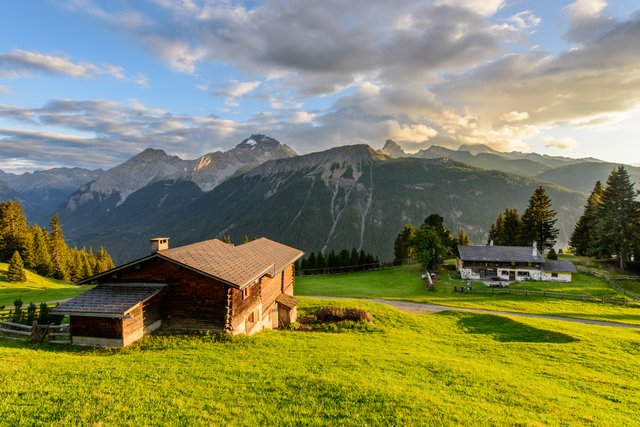
- Est. 2005 (officially labelled since 2012 as a Regional Nature Park)
- Goals: To preserve and enhance cultural and natural landscape; to promote sustainable economic development in the region; and, finally, to promote education for sustainable development and raising awareness for environmental protection
- Regional environmental challenge(s): As Switzerland’s largest regional nature park, Parc Ela comprises a very diverse area geographically, where value creation is to be driven and the exit of young people reduced, while maintaining and protecting the natural treasures. Harmonising the different demands of land use and conservation in a changing world (renewable energy, sustainable mobility, climate change, winter and summer tourism to name but a few) is our big challenge for the present and future.
- Successes:
3 oasis for insects built;
4.7 km dry stone walls reconstructed;
8 water bodies established and/or rehabilitated;
about 375 ares of hedges, 1700 ares of moorlands and 10360 ares of pasture landscape and forest area maintained;
more than 16 consultations for insect-friendly gardening
and more than 80 excursions with the childrens’ group “Detectivs” lead through
Learn more about Parc Ela's initiatives and projects on their website.What do you gain from being an ALPARC member?
We definitely gain an international perspective on transborder challenges we all experience at a local level. We highly appreciate the network and its members who contribute to an active Protected Area community at the Alpine level.
What challenges do you see for protected areas in the coming years/decades?
Among the major threats are to be mentioned climate change, biodiversity loss and growing (summer) tourism which is important on an economic level but needs to be guided wisely.
How important do you think protected areas will be in the coming years?
Protected areas are and will be of crucial importance, as these are the regions where biodiversity can thrive. Moreover, they serve as model regions for sustainable development as they implement concrete projects with a measurable impact on the territory.
What is your advice for those interested in future alpine conservation efforts, or those interested in outdoor alpine activities?
Many things have already been said regarding conservation efforts, unfortunately, people need to experience the detrimental effects biodiversity loss causes before truly believing it and change behavior. Hence, it is crucial to form alliances, join specific projects and cooperate for levelling the topic up and increasing its importance at the political agenda. People interested in outdoor alpine activities shall become acquainted with the area, stick to the routes and follow general recommendations such as those of the campaign Be Part of the Mountain. Moreover, the parc staff and local guides might provide guidance in understanding the interdependence between flora and fauna and provide in-depth insights to the ecosystems which are to be explored.
Any final words of wisdom?
It is important to bravely embrace new paths for challenging the major threats to our living environment.
-
Verein Naturpark Tiroler Lech
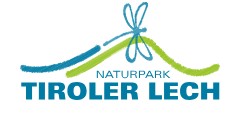

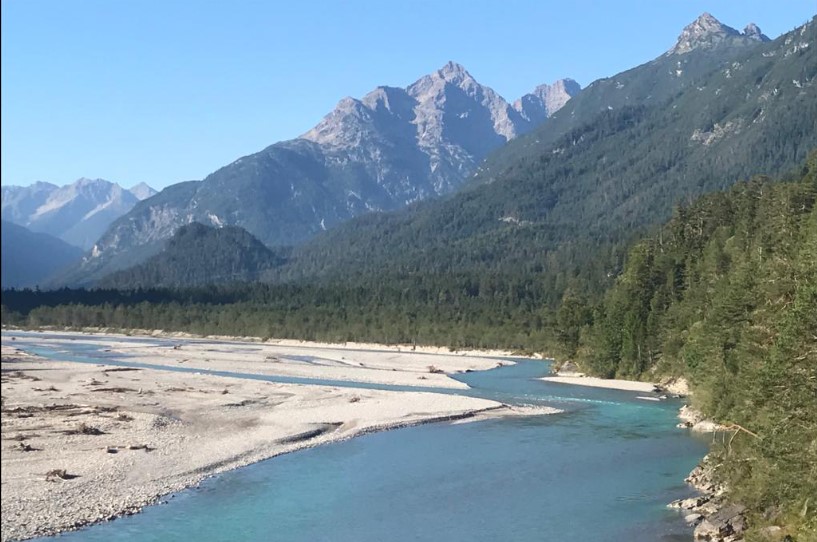 Est. 2004 (The area has been part of Natura2000 since 2000, then declared a Nature Park -Tyrolean Lech- in 2004)
Est. 2004 (The area has been part of Natura2000 since 2000, then declared a Nature Park -Tyrolean Lech- in 2004)
- Goals: To consolidate the nature park in the region as a competent organisation for nature conservation, and to involve the local community so that they may further identify with the nature park and its region
- Regional environmental challenge(s): A core element of the park is the wild river Lech and its tributaries, and riparian forests. Challenges arise with visitor management, as the land use and leisure activity pressures increase in sensitive areas, especially with regards to the river system disruption.
- Successes: Successful annual preservation efforts of flagship species and their habitatis, such as the highly endangered natterjack toad. 13 river engineering measures have been implemented for the redynamisation of the Lech, as part of the LIFE-Lech project; various comprehensive species' protection measures
Learn more about Verein Naturpark Tiroler Lech's initiatives and projects on their website.
What challenges do you see for protected areas in the coming years?
The challenge will be to ensure that protected areas are not "islands" [fragmented nature spots], but also connect spatially, and work as a network for the conservation of biodiversity.
How important do you think protected areas will be in the coming years?
Protected areas are likely to become increasingly important, as they are areas that promise natural states, and preserve connectedness with nature.
What can we gain from stronger international cooperation with regards to alpine conservation efforts, and climate mitigation and / or adaptation?
Only together, with targeted efforts, can the inclusion of global challenges such as climate change and biodiversity loss happen, and the understanding of the value of nature be strengthened.
-
Vanoise National Park
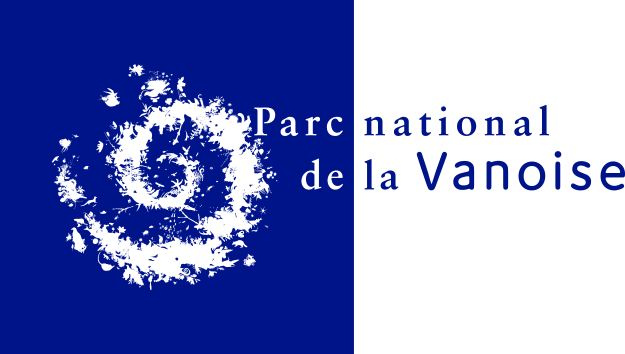

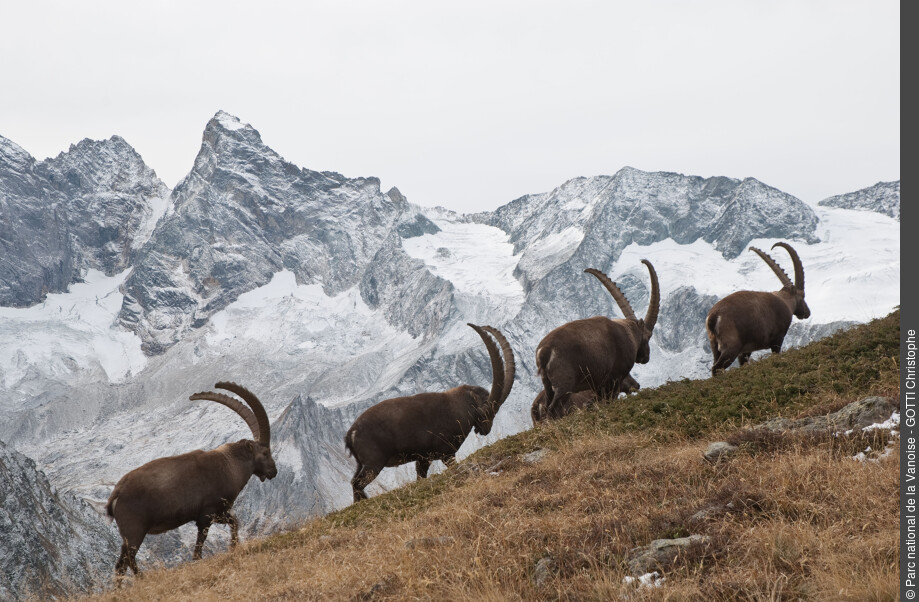
- Est. 1963 (the 1st French national park)
- Goals: Vanoise National Park was created to protect the Alpine Ibex. Protection was subsequently extended to other animal and plant species, the current focus being the Bearded Vulture
- Successes: From around 60 ibexes at the Park's inception, there are now more than 2,000. The first breeding pair of Bearded Vultures were introduced in 1998 - there are currently 9 breeding pairs in Savoie, and this year 7 new young will have flown the nest: a new record!
- Statistical profile:
400km of marked trails
40 refuges in the heart of the park
5 nature reserves adjacent to the National Park
224 protected species
Public establishment, with regulatory powers and its own missions: 72 permanent staff + 30 seasonal staff
Learn more about Vanoise National Park's initiatives and projects on their website.How can we describe the Vanoise National Park?
The park is located in the east of the Savoie department, on the Vanoise massif, which links the two valleys of Maurienne and Tarentaise, close to the Italian border. Thanks to their shared 14 km border, together with Italian Gran Paradiso National Park, Vanoise National Park forms one of the largest protected areas in Western Europe, covering 1,250km².
At its heart, 53,500ha are under special protection by specific regulations laid down by decree in the Council of State. With 33 natural habitats (31 of which are of local community concern), more than 2,500 plant species (around a hundred of which are protected at national level), and 325 vertebrate species representing 65% of vertebrates found in mainland France (92% of which are protected species), the Vanoise National Park is a vast reservoir of biodiversity.
What do you gain from being an ALPARC member?
ALPARC is particularly useful for sharing experiences across borders and having an impact on a wider scale. For example, we have successfully collaborated with them for their public conscientisation intiiative: Be Part of the Mountain.
